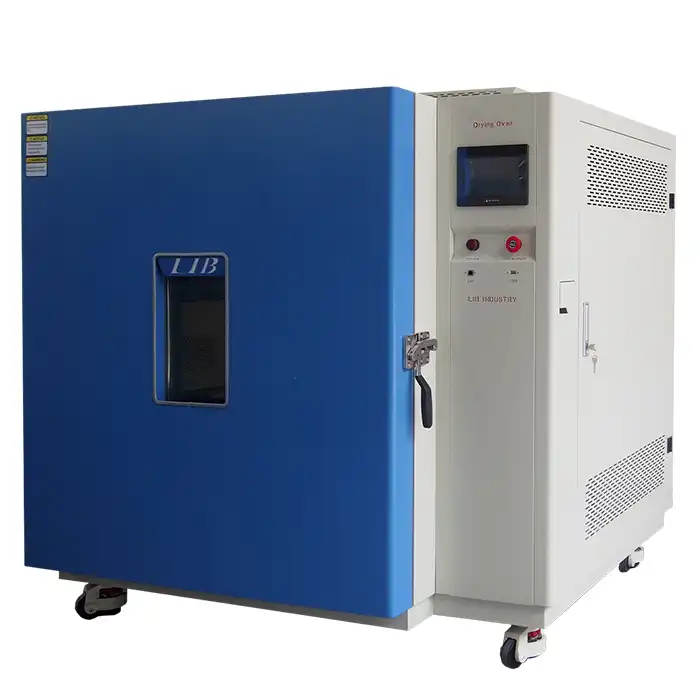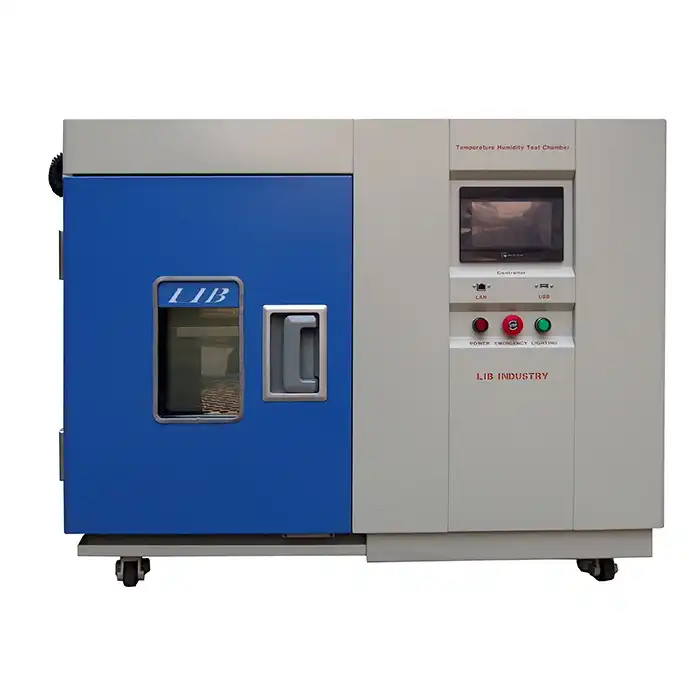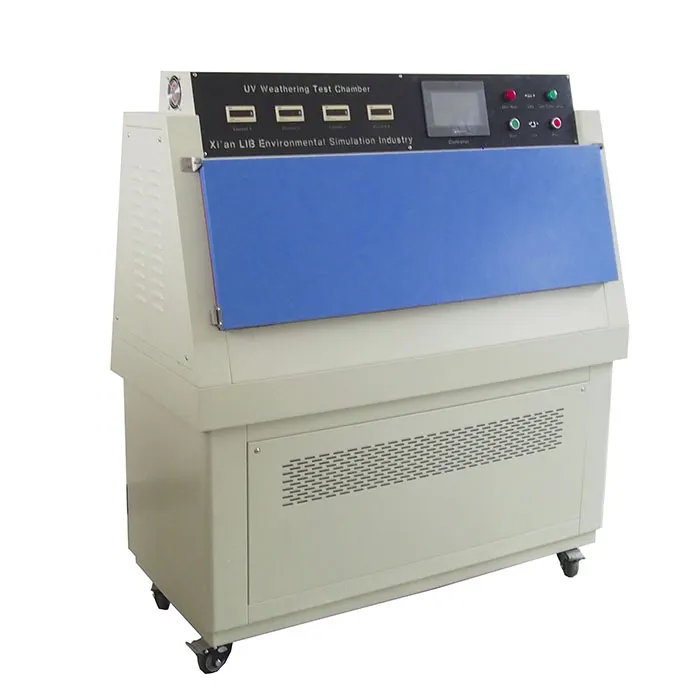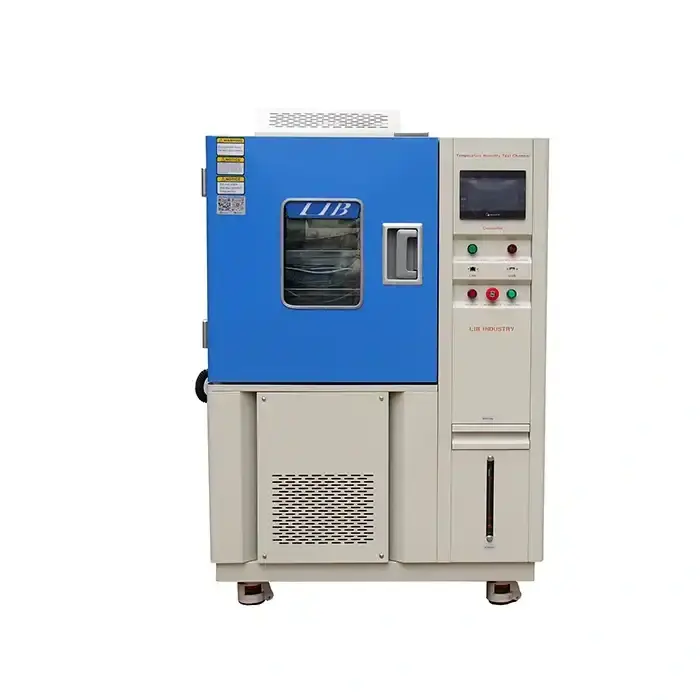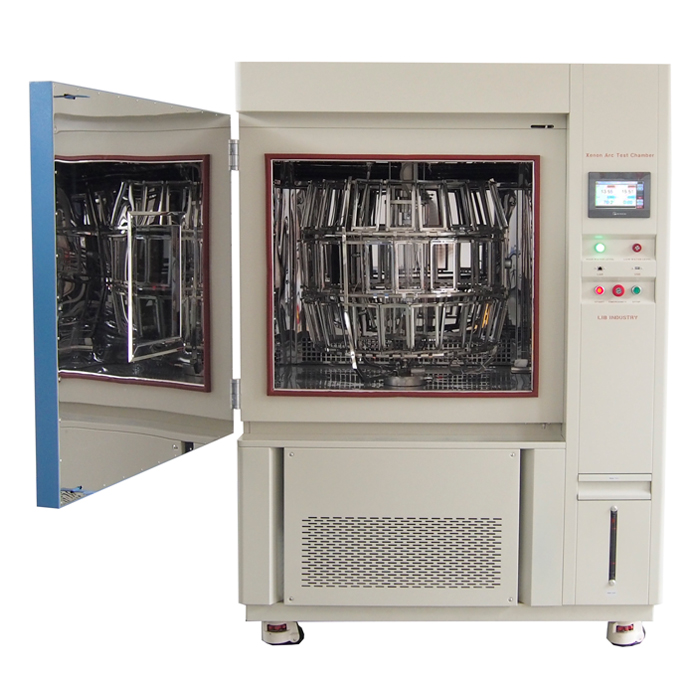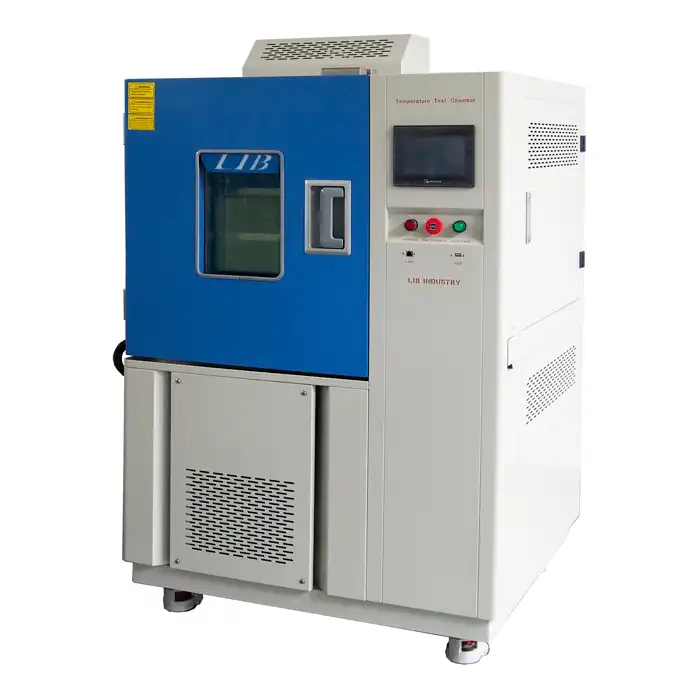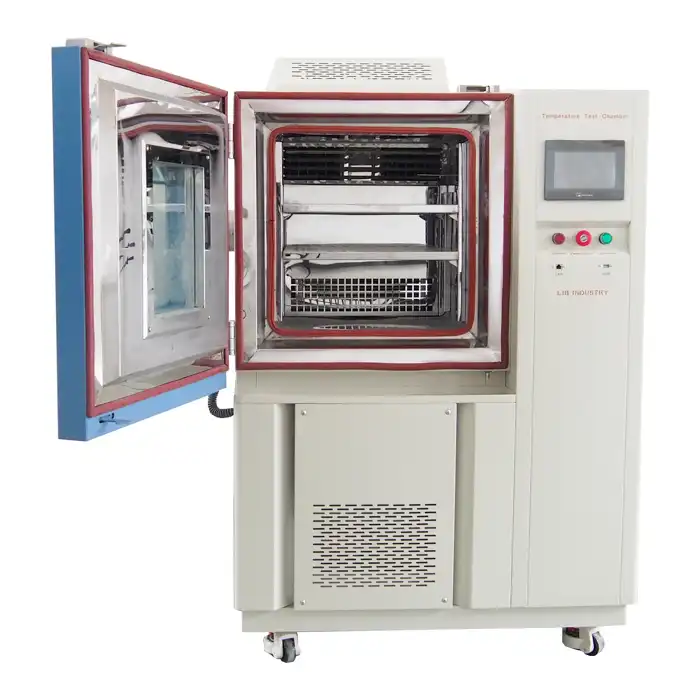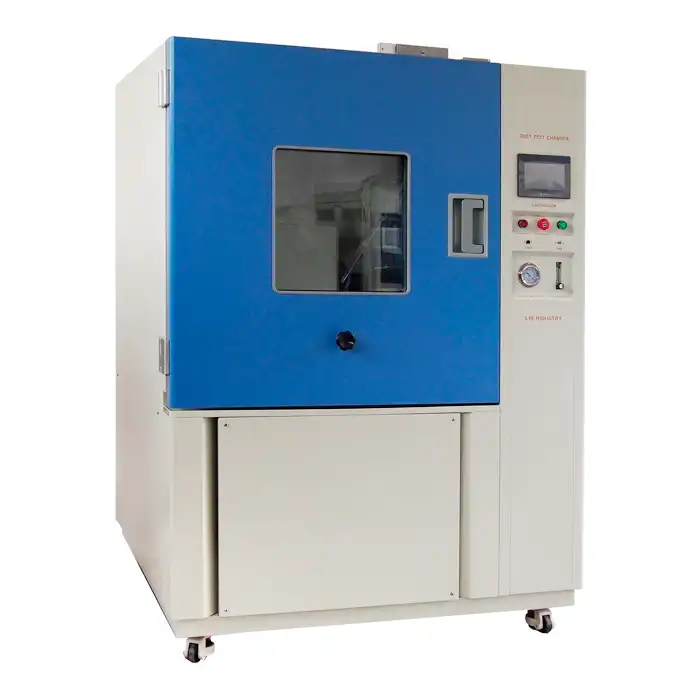What is the standard test for salt fog
What is the Standard Test for Salt Fog?
While examining the strength and unwavering quality of materials and items in testing ecological circumstances, the salt haze test is fundamental. For the purpose of simulating corrosive conditions, such as those found near coastlines or in industrial settings, materials are subjected to a controlled salt fog environment for this test. Understanding the impacts of salt haze is urgent for guaranteeing that items can endure such unforgiving circumstances without compromising execution or security.
The salt fog test measures how well coatings and materials resist corrosion, assisting manufacturers in determining whether their products are suitable for particular applications. Salt mist test cupboards are instrumental in this cycle, giving controlled conditions where conditions like temperature, mugginess, and salt fixation can be definitively directed. Manufacturers are able to evaluate factors like corrosion resistance, surface integrity, and overall longevity by exposing samples to salt fog for predetermined periods of time.
In conclusion, the salt fog test is crucial for confirming the durability of corrosive-environment-exposed materials and goods. By creating extreme conditions in a controlled environment, salt fog test cabinets help facilitate this evaluation, allowing manufacturers to effectively improve product quality and dependability.
Understanding the Salt Fog Test
The salt fog test, also known as the salt spray test, is a standard and necessary method for determining whether materials and surface coatings can withstand corrosion in saline environments. This assessment imitates the unforgiving conditions experienced in marine or modern settings, where openness to salt-loaded airs is pervasive.
The specimens are subjected to a dense saline mist in a controlled salt fog chamber during the test. This mist has a precise concentration of salt, usually sodium chloride, which accelerates corrosion processes that would naturally take place over long periods of time under real-world conditions. By exposing materials to this controlled climate for determined spans, makers can assess their exhibition concerning erosion obstruction, surface respectability, and generally strength.
Engineers and manufacturers can gain a lot of useful insight from the salt fog test's outcomes. They assist in choosing the best coatings and materials for products intended for environments where corrosion is a major concern. Products' reliability and service life are ultimately improved as a result of this method, which ensures that they meet regulatory requirements and durability expectations.
In synopsis, the salt haze test is a crucial device in the munititions stockpile of materials science and designing, assuming a significant part in the turn of events and approval of erosion safe materials and coatings for requesting applications.
Importance of Salt Fog Testing
Salt fog testing is very important because it can simulate and predict the corrosive effects of salt-laden environments on materials and coatings. Imagine infrastructure components like bridges, ship hulls used to navigate ocean waters, or outdoor machinery that is exposed to coastal or industrial environments—all of these are susceptible to rapid corrosion caused by salt spray.
In a controlled laboratory setting, the salt fog test involves exposing specimens to a concentrated saline mist. In this environment, corrosion processes that typically occur over extended periods of time in real-world conditions are accelerated. By putting materials through this controlled environment, engineers and manufacturers can evaluate their corrosion resistance and the performance of various coatings and materials in such harsh conditions.
The lessons learned from salt haze testing enable informed material selection, covering application, and plan modification decisions. Before products are put into use, engineers can identify flaws early in the development process to ensure that they meet durability requirements and regulatory standards. This proactive approach not only extends the operational lifespan of components in challenging environments but also enhances their performance and dependability.
In the end, salt fog testing is an important tool for lowering costs throughout the lifecycle, making the most of maintenance schedules, and reducing the risk of corrosion. Knowing that their products can withstand salt spray and other corrosive elements in real life gives businesses the confidence to innovate. By incorporating the results of salt fog testing into their design and manufacturing processes, businesses can provide robust solutions that meet or exceed performance expectations for applications in the marine, coastal, and industrial sectors.
Components of a Salt Fog Test Cabinet
At the heart of salt fog testing is the salt fog test cabinet. This specialized equipment creates and maintains the specific conditions required for the test. Typically, a salt fog test cabinet manufacturers includes:
Chamber Construction: Made from corrosion-resistant materials such as fiberglass-reinforced plastic (FRP) or stainless steel to withstand the corrosive nature of salt fog.
Atomizer System: Responsible for creating a fine mist of salt solution (typically sodium chloride) that simulates the salt-laden atmosphere.
Temperature and Humidity Control: Maintains the test conditions within specified parameters to ensure consistency and accuracy.
Collection and Drainage System: Collects excess solution and drains it away to prevent accumulation and maintain test integrity.
Conducting a Salt Fog Test
During the test, samples are placed inside the chamber, and the atomizer system sprays the salt solution continuously. The duration of the test varies depending on the industry standards and the specific requirements of the product being tested. Throughout the test period, the samples undergo visual inspections at regular intervals to assess the progression of corrosion and to determine the point at which failure occurs.
Choosing the Right Salt Fog Test Cabinet
Selecting the appropriate salt fog test cabinet manufacturers is crucial to ensuring reliable test results. Factors to consider include:
Size and Capacity: Choose a cabinet that accommodates the size and quantity of samples you intend to test.
Compliance and Certification: Ensure the cabinet meets relevant industry standards and certifications to guarantee the validity of your test results.
Manufacturer Reputation: Opt for cabinets manufactured by reputable companies known for producing high-quality testing equipment.
Conclusion
In conclusion, the salt fog test and salt fog test cabinets are indispensable tools for assessing the corrosion resistance of materials and products. By subjecting samples to controlled salt spray conditions, manufacturers and engineers can make informed decisions that enhance product performance and durability in challenging environments. Whether you're designing marine components, outdoor equipment, or automotive parts, understanding and utilizing salt fog testing is key to delivering reliable and long-lasting products.
For more information on how salt fog testing can benefit your specific applications, feel free to contact us. Our team at LIB is dedicated to providing turn-key solutions for environmental testing, ensuring your products meet the highest standards of quality and reliability.



